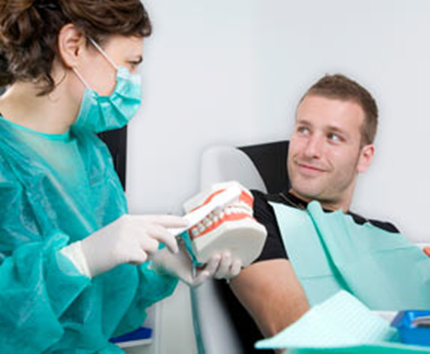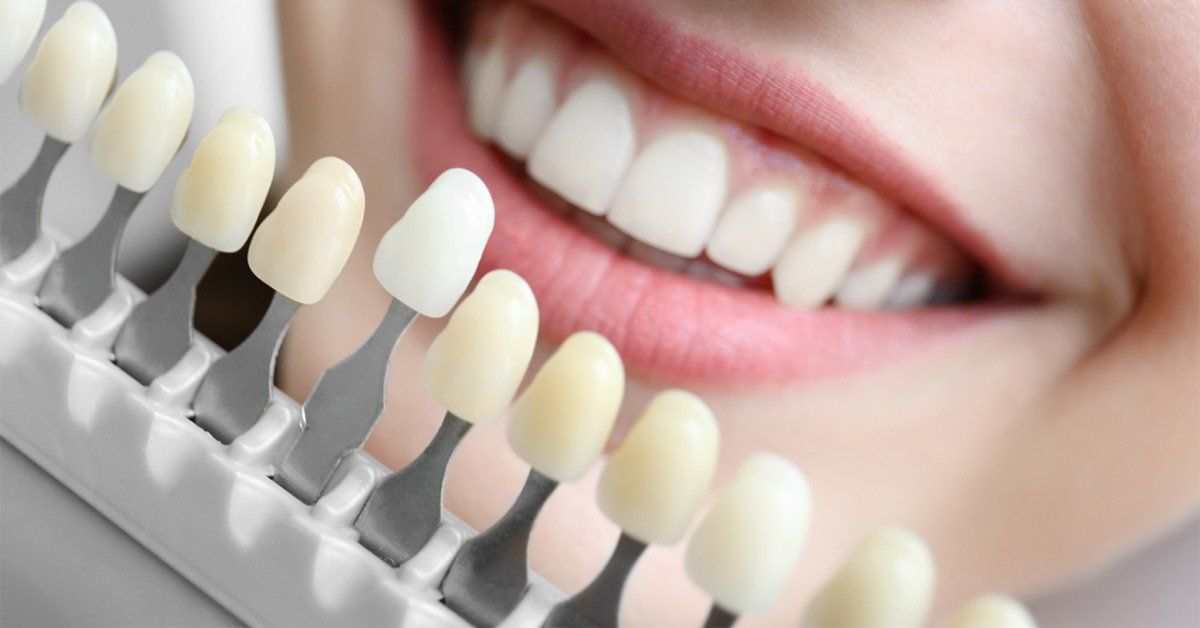
There are several kinds and types of toothbrushes, and picking the right one can be an important part of good oral hygiene. The bristles should be strong enough to be productive in removing food debris, plaque, and bacteria from the mouth yet soft enough to do so gently without damaging the enamel of the teeth.
Material
Bristles can be man-made from different materials. Many are made with nylon or polyester, though boar or horsehair bristles can still be found in some places, and bamboo bristles and toothbrushes are growing in popularity. These materials are strong enough for regular use to remove the build-up on teeth but soft enough not to scratch the enamel or remove it. Bristles should be damped before use and rinsed well after every brushing.
Shape
Several toothbrush designs are available and may have different shapes for the bristles. For example, some will have a round head, and bristles can be used in a circular motion, while others will be more oblong and will cover more surfaces in each swipe. The shape of the toothbrush head is not the only shape to bristles, though, and they can be cut into different lengths to provide a different brushing experience. Flat bristle brushes will have each bristle cut the same length and spaced evenly across the surface of the toothbrush head. These are the basic design and are often used when comparing other bristle shapes. Multi Level bristles are created with a few different areas that are of different heights. The shorter ones will brush the surface of the teeth, while the longer bristles are intended to reach between the teeth and remove any food particles and residue from between them. Rippled bristles are different lengths but arranged in a wave pattern. This allows them to fit around the tooth and follow each tooth’s natural curve, removing all residue from each surface of the tooth. Again, the longer bristles will reach between the teeth, while the shorter will form around each tooth. Angled or crisscross bristles have some that are installed at an angle to allow bristles to reach different parts of the tooth with each movement and to brush at a different angle for complete coverage.
Strength
Bristles come in three different strengths, a soft bristle for children and those with weakened enamel or sensitive gums, a medium which most people choose, and a hard bristle for those who want a stiffer bristle on their toothbrush to remove any sticky foods or stubborn build up. Most people will use a medium bristle, as they are strong enough to remove the plaque or residue but not hard enough to scratch the gums or be uncomfortable to use. Before choosing a toothbrush, ask your St. Leonards dentist which would be the best fit to help narrow down the choices and find the right fit for your needs. Having both the correct strength and shape can be an integral part of your oral health care.






